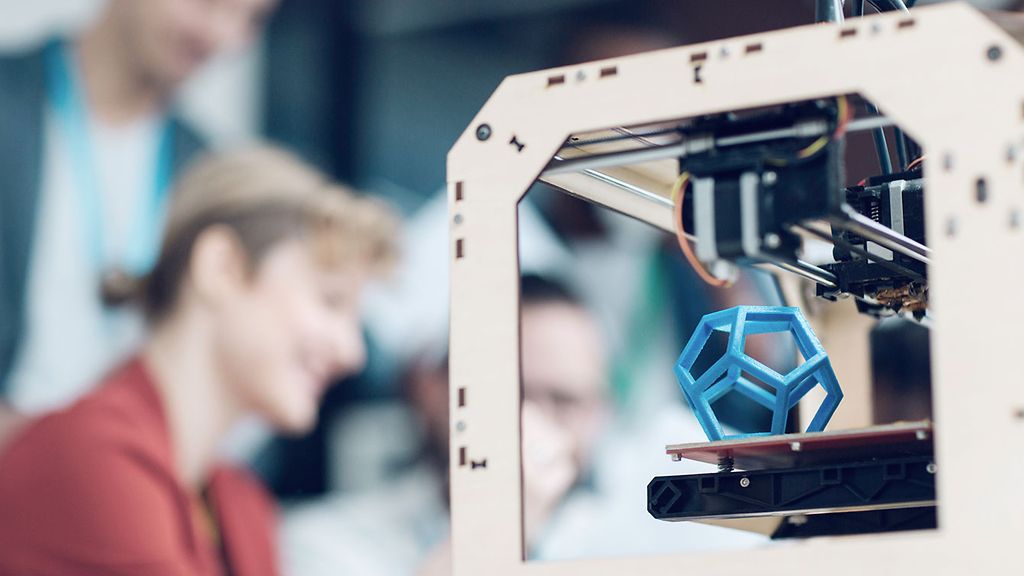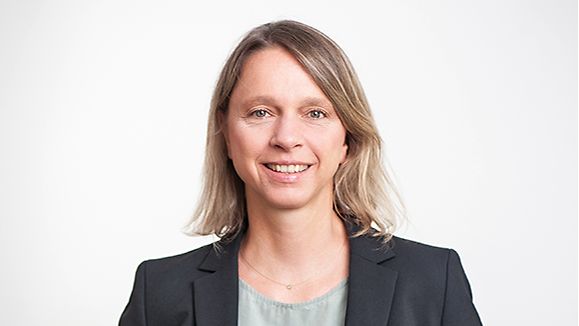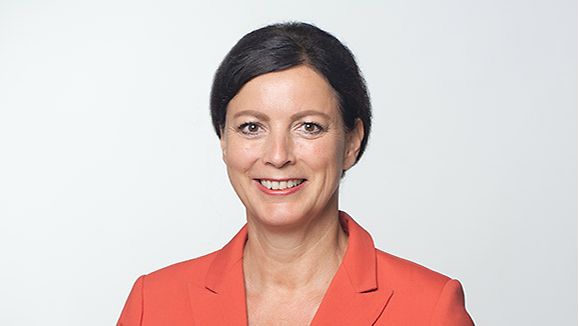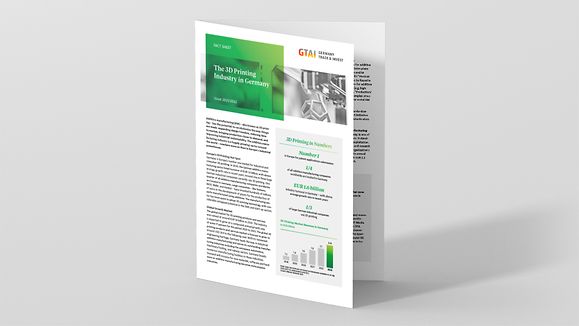Funding for the 3D printing industry is provided within national and European framework programs to promote industry innovation, materials research and digitalization.
3D Printing Funding Opportunities in Germany
3D funding typically takes place within the framework of innovative manufacturing, materials research and digitalization programs. One such example is the “KMU-innovativ: Materialforschung” (ProMat_KMU) funding program of the Federal Ministry of Education and Research (BMBF). Funding is provided to SMEs for R&D projects in the field of innovative materials research.
Companies can also participate in calls for funding from individual federal states. In addition to funding for general topics at federal level, there are AM-specific calls for funding in some federal states, especially in those regions seeking to promote 3D printing. The Bavarian Ministry of Economics published its sixth funding call “3D Printing” with a volume of EUR 2 million in 2023. The Berlin Senate also published its AMBER funding call in 2022 for R&D projects in the field of additive manufacturing, setting aside more than EUR 13 million to further establish Berlin as a 3D printing location.
3D Printing Funding Opportunities in Europe
The European Union funded AM research projects with over EUR 400 million during the period 2008 to 2022. Additive manufacturing funding is provided with the framework of higher level programs and subject to specific areas of application.
The European “Horizon Europe” framework program for research and innovation has a budget of EUR 95.5 billion for the period 2021 to 2027. Specific funding can be found in cluster 1 (“Health” - personalized medicine) and cluster 4 (“Digital, Industry and Space” - manufacturing technologies and advanced materials).
The “Green Additive Manufacturing through innovative beam shaping and process monitoring” project coordinated by the Technical University Munich received over EUR 7 million in funding from the Horizon Europe program.
Another funding option is the “EIC Accelerator” program for start-ups and SMEs to develop and scale up high impact innovations with the potential to create new markets or disrupt existing markets.
| Germany Trade & Invest informs about Germany’s research excellence in the additive manufacturing industry and provides market information and service support to companies seeking to establish a business in Germany. |
Support for Start-ups
The dynamic market for additive manufacturing provides start-ups in particular with the opportunity to lead the way with innovative products and services. In Germany, there are more and more 3D printing start-ups that are growing – especially in the B2B sector – and successfully placing their solutions.
Germany offers optimal conditions for start-ups developing new additive manufacturing technologies thanks to a plethora of universities and research institutions that conduct 3D printing research or access to the technology. Venture capital funds, such as leading German venture capital firm AM Ventures, are increasingly investing in disruptive and globally leading additive manufacturing start-ups.




